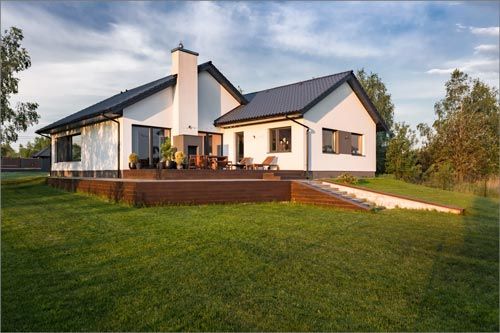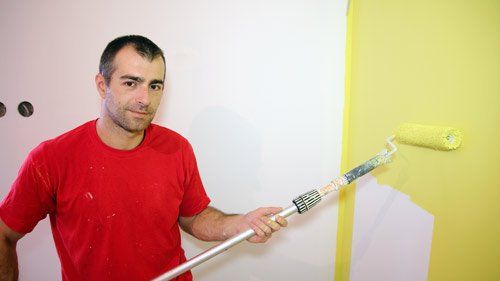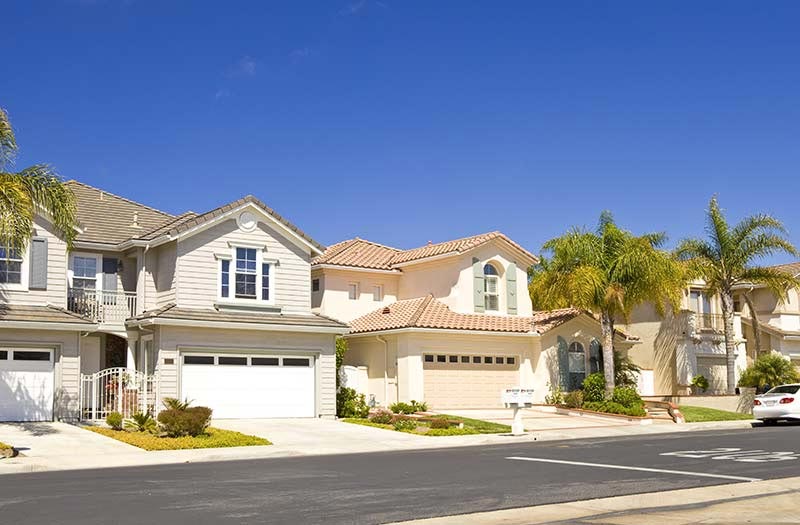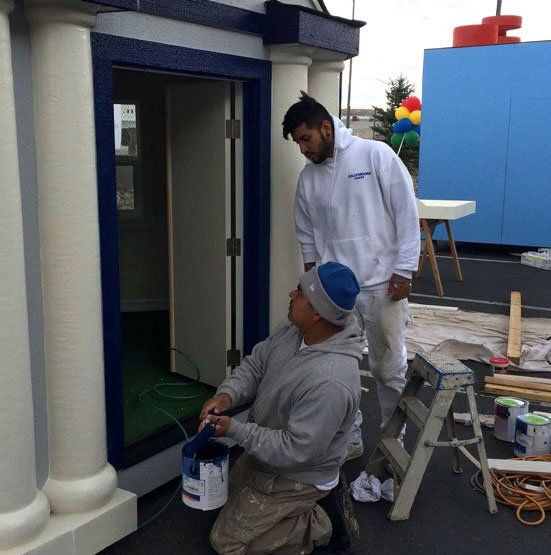What Is an Accent Wall?| Diversified Painting
- By Admin
- •
- 12 Sep, 2018
- •
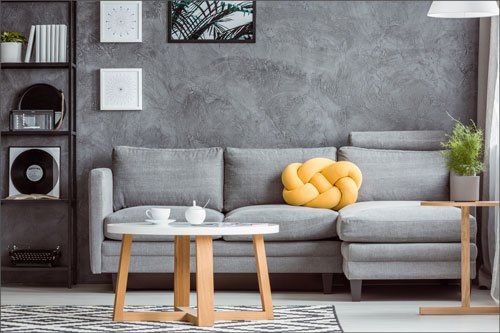
Are you painting the inside of your home? Are you having trouble deciding on a paint color, or are you seeking ways to make the color scheme in your home more exciting? If so, then you should consider painting an accent wall. An accent wall is an excellent way to dress up your home's interior and incorporate multiple paint colors into one room. If you're not familiar with the concept or feel like you could know more about accent walls, this FAQ can help you.
What Is an Accent Wall?
When a wall is painted a different color from the other colors in the home, this is an accent wall. Sometimes an accent wall is subtly different, other times an accent wall is dramatically different.
What Is the Purpose of an Accent Wall?
The purpose of an accent wall is to draw attention to a part of the room that might otherwise be overlooked or to give a room decorative flair that it might be lacking. Accent walls add a sense of excitement to your home's decor and can be used to tie together a color scheme in your home.
Where Are Accent Walls Painted?
Accent walls can be used in any part of the house, from the kitchen to the living room, bedrooms to guest rooms. An accent wall can be painted in any room where it is desired or deemed appropriate.
Often homeowners will choose to paint an accent wall behind a focal point in the room, like on the wall with a fireplace or behind a large mirror or picture. Other times, accent walls are painted in a part of the room where there is no focal point at all, to dress up a plain wall where there is nothing interesting to see.
Often homeowners will choose to paint an accent wall behind a focal point in the room, like on the wall with a fireplace or behind a large mirror or picture. Other times, accent walls are painted in a part of the room where there is no focal point at all, to dress up a plain wall where there is nothing interesting to see.
How Can You Pick the Color for an Accent Wall?
Often, the color for an accent wall will either be a color that contrasts dramatically with the color scheme in the room. Sometimes the color will integrate nicely with the color scheme. For example, in a room decorated primarily in cool colors like light blue or sage, the accent wall may be a light gray to stay in keeping with the cool colors in the room. Alternatively, the accent wall may be a rusty brick red, to contrast with the blue and green.
Homeowners looking for colors that contrast with their decorating scheme can look on the color wheel. Contrasting colors, also called "complementary colors," are colors that are found on opposite sides of the color wheel.
Paint is not the only material that can be used to make an accent wall. Some homeowners will apply wallpaper or tile to their wall to create the accent they desire. These materials can be used to create interesting textures that contrast with other textures in the room.
Homeowners that are having a hard time choosing the material or paint color for their accent wall can make a decision by applying samples of each paint color or material on the wall. When making a decision, homeowners must view the samples at all times of the day to see what they look like in different qualities of light.
Homeowners looking for colors that contrast with their decorating scheme can look on the color wheel. Contrasting colors, also called "complementary colors," are colors that are found on opposite sides of the color wheel.
Paint is not the only material that can be used to make an accent wall. Some homeowners will apply wallpaper or tile to their wall to create the accent they desire. These materials can be used to create interesting textures that contrast with other textures in the room.
Homeowners that are having a hard time choosing the material or paint color for their accent wall can make a decision by applying samples of each paint color or material on the wall. When making a decision, homeowners must view the samples at all times of the day to see what they look like in different qualities of light.
Who Can You Talk to If You Have More Questions About Accent Walls?
Homeowners who have more questions about accent walls, including how to choose a paint color and which paint colors are appropriate, can talk to a reputable painting professional.
If you're a homeowner who has questions about accent walls and about general interior painting, contact Diversified Painting in Sparks, Nevada. We're happy to answer homeowner questions about all of their interior painting projects.
If you're a homeowner who has questions about accent walls and about general interior painting, contact Diversified Painting in Sparks, Nevada. We're happy to answer homeowner questions about all of their interior painting projects.


